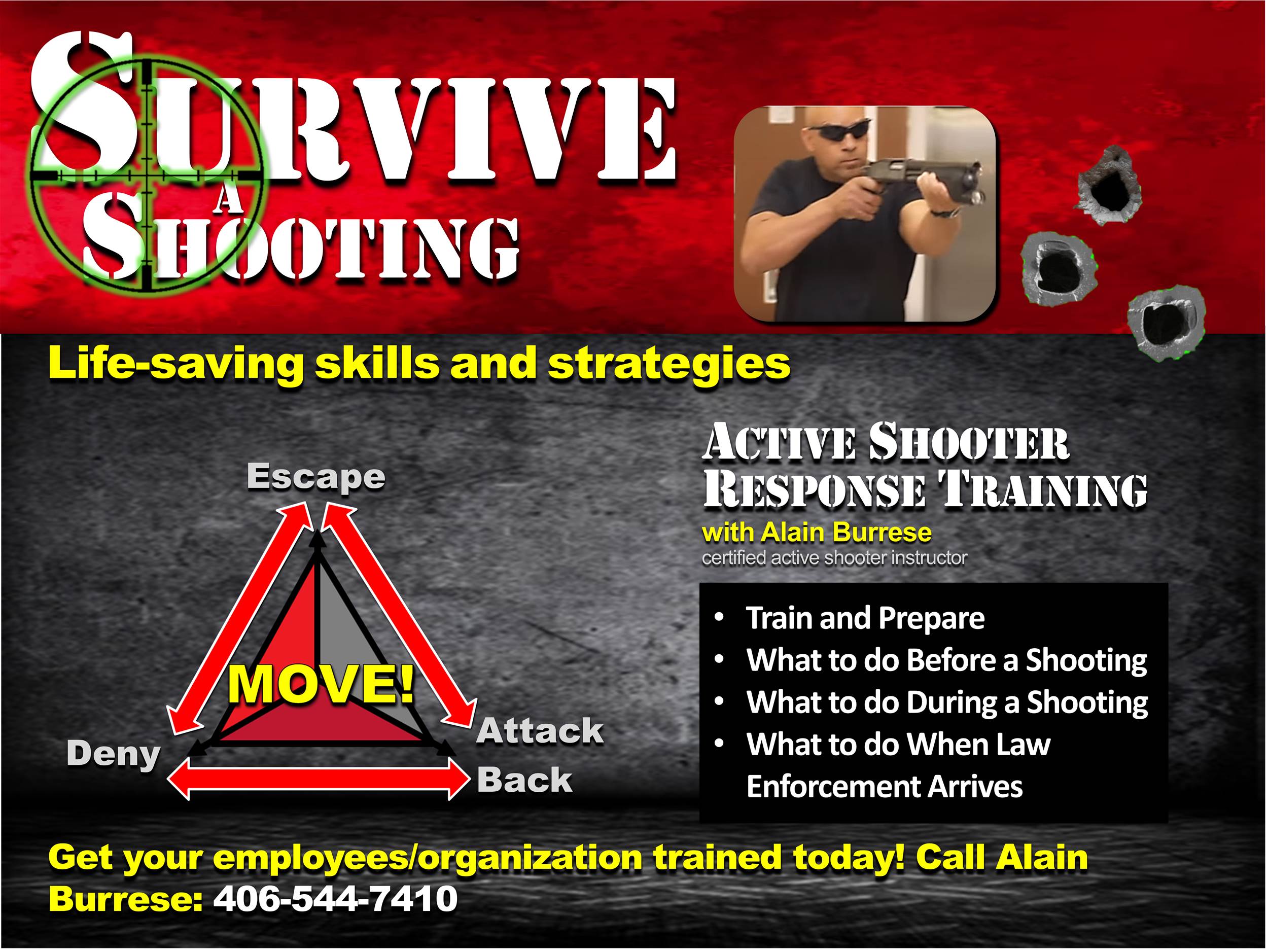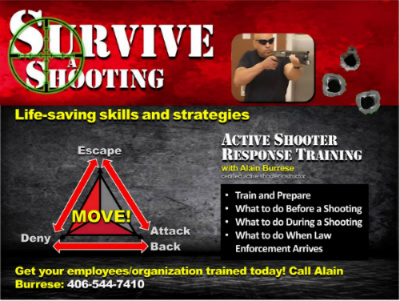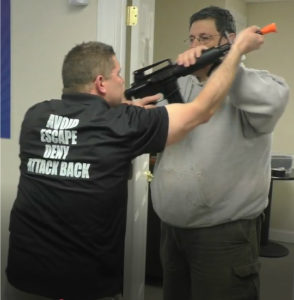 Never fight back? What are you on? Every time I hear this I yell and scream at the television and the person saying it. (Okay, that’s a little exaggeration, but not much.)
Never fight back? What are you on? Every time I hear this I yell and scream at the television and the person saying it. (Okay, that’s a little exaggeration, but not much.)
Here is a paragraph from the Survive A Shooting book I’m working on that prompted me to write this blog:
There are some out there that teach that you should never attack back. (They usually refer to “fight” from the “Run – Hide – Fight” model.) Never fight? I’ve seen them on television spouting off this nonsense with the word “expert” after their name. I vehemently disagree with this this so-called expert advice to never fight back. I just told you there is evidence that armed and unarmed civilians have stopped active shooters. The scum that are killing innocent people are cowards and they want victims that won’t fight back. Surprise them and send them to their maker sooner than they anticipated without the body count they wanted.
The part where I say, I just told you…, refers to earlier in the chapter where I wrote about both the statistics from the FBI, and watching the news, that show armed and unarmed civilians have stopped active shooters. This proves that the things I’m writing about in the book, and the things I teach in the Survive A Shooting course save lives. This includes Attacking Back!
Never fight? Ridiculous! If escaping and denying access to you are not options, you must attack back with everything you have. If armed, great. If not, arm yourself with anything available. If no improvised weapons are available you either aren’t being creative enough or you are someplace pretty barren and remote. But you still have your body, so attack back with what you have. Never just be a victim.
I agree that escaping and denying access by locking down and barricading are preferred options to physically confronting an active shooter, especially if you are not armed with a firearm yourself. Unfortunately, we don’t always get our preferred options. I’d prefer that no one ever started shooting innocent people again, but sadly I don’t think that will be the case either.
Never fight? Not hardly. Attacking Back is the ONLY acceptable option in some situations. It’s that or die a victim, and to me that’s not an option. If I am going to die, I’m going to go out doing everything I can to stop the killer or at least take him with me. I hope you have that attitude too.

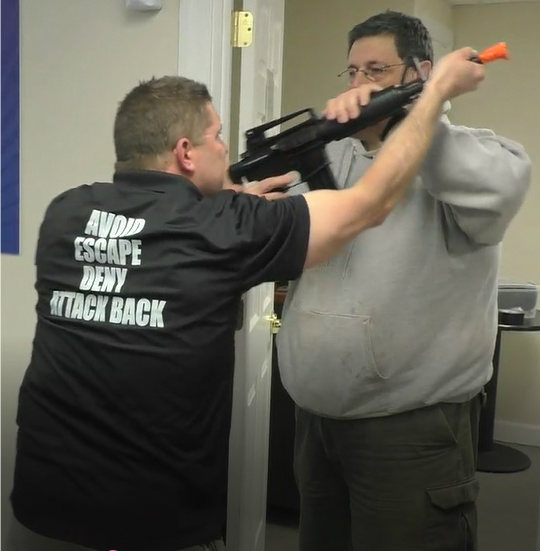
 This is the interview I did earlier today on the Live with Renk Show. The show is on WBCK 95.3 in Battle Creek, MI. We discussed the Active Shooter event in Washington DC yesterday where Congressman Steve Scalise and three others were shot while practicing for the fund raising baseball game.
This is the interview I did earlier today on the Live with Renk Show. The show is on WBCK 95.3 in Battle Creek, MI. We discussed the Active Shooter event in Washington DC yesterday where Congressman Steve Scalise and three others were shot while practicing for the fund raising baseball game.
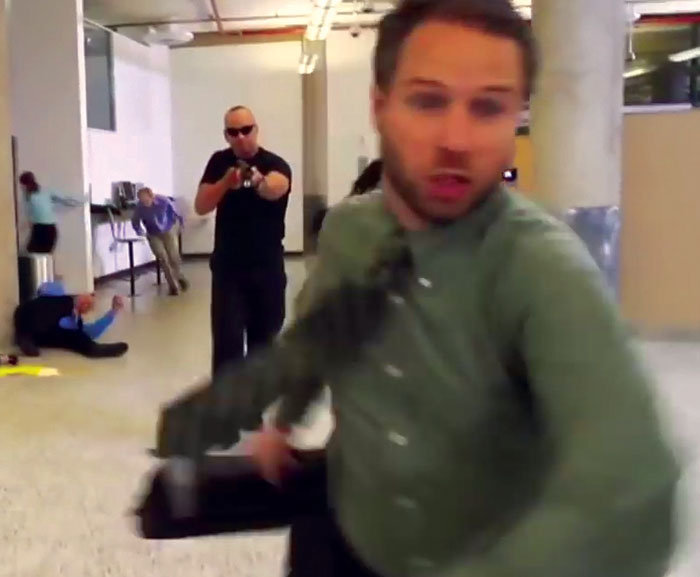
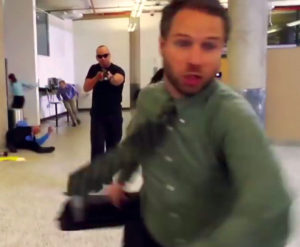 Government statistics show that fatal workplace shootings, like happened in Orland today, are on the rise.
Government statistics show that fatal workplace shootings, like happened in Orland today, are on the rise.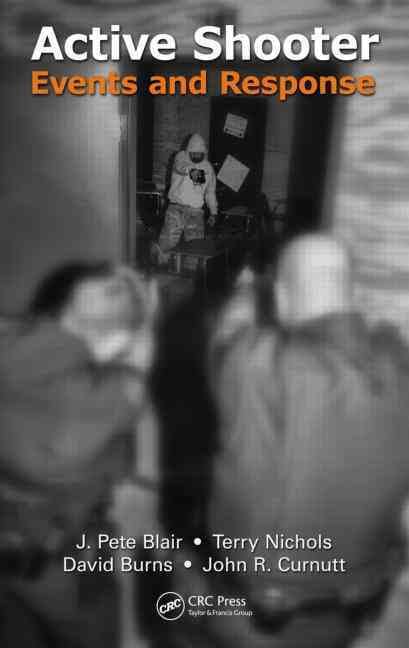
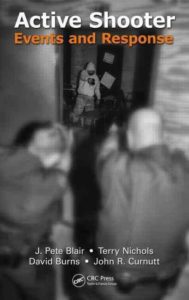 Active Shooter: Events and Response is written by members of the Advanced Law Enforcement Rapid Response Training (ALERRT) Center at Texas State University: J. Pete Blair, Terry Nichols, David Burns, and John R. Curnutt. I am familiar with this group because a few of the law enforcement officers of our training group know these authors, and in the Acknowledgments, Marcus “Sandy” Wall is thanked for helping introduce the training methodology and curriculum that became the ALERRT program. I mention this because Sandy Wall was one of the instructors who taught the Safariland Trainer Course “Emergency Response to an Armed Intruder” that I attended.
Active Shooter: Events and Response is written by members of the Advanced Law Enforcement Rapid Response Training (ALERRT) Center at Texas State University: J. Pete Blair, Terry Nichols, David Burns, and John R. Curnutt. I am familiar with this group because a few of the law enforcement officers of our training group know these authors, and in the Acknowledgments, Marcus “Sandy” Wall is thanked for helping introduce the training methodology and curriculum that became the ALERRT program. I mention this because Sandy Wall was one of the instructors who taught the Safariland Trainer Course “Emergency Response to an Armed Intruder” that I attended.